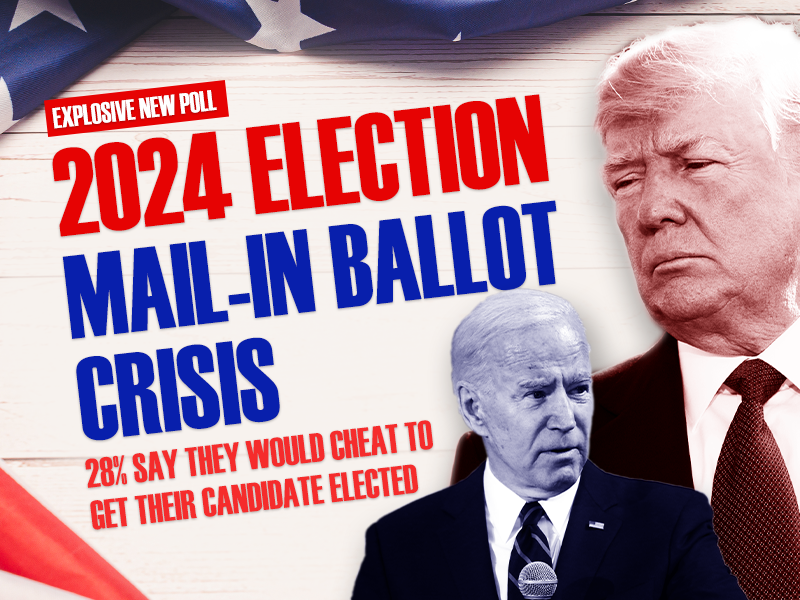President Donald Trump’s Office of Management and Budget this week sent a budget plan to the Environmental Protection Agency (EPA) that cuts its budget by 25 percent. They achieve this reduction by reducing staff by 20 percent, reducing grants to states by 30 percent, and eliminating nearly two dozen programs, including the Clean Power Plan and Environmental Justice programs.
The following statements from environmental policy experts at The Heartland Institute – a free-market think tank – may be used for attribution. For more comments, refer to the contact information below. To book a Heartland guest on your program, please contact New Media Specialist Billy Aouste at [email protected] and 312/377-4000 or (cell) 847/877-9100.
“The Environmental Protection Agency is a rogue agency, guilty of falsifying data to support a political agenda and largely immune to congressional oversight. It costs the nation’s taxpayers and consumers billions of dollars a year, more than any other government agency.
“EPA’s budget was much too big in 1991, when it was $6 billion, the same as is now proposed by the Trump administration. EPA was much too large in 1984, when it had 11,420 staff members, approximately the same number as the Trump administration now wants it to have.
“Donald Trump was elected president in part on the promise that he would rein in EPA. Some will think the proposed 25 percent cut fulfills that promise, but I, for one, do not. I suspect the new administration is asking for a 25 percent cut but will settle for a 10 percent or 15 percent cut in order to win congressional approval. Next year or the year after, EPA’s budget and staffing will be back to today’s levels. This is not ‘reining in EPA.’ This is barely getting its attention.
“Heartland Science Director Dr. Jay Lehr presented the right way to rein in EPA in a Policy Brief published by The Heartland Institute in 2014: Devolve its budget and authority to the states and relocate what is left of it to some small town in Kansas, far from the swamp of Washington DC. Lehr repeated his call for this plan in a piece published by Breitbart News this January.
“If Donald Trump and Scott Pruitt are serious about ending the national scandal that is EPA, they will accept nothing less than a 20 percent cut this year and make this year’s cut the first step in a five-year plan to replace the organization. Anything less is a missed opportunity and a broken promise.”
Joseph Bast
President
The Heartland Institute
[email protected]
312/377-4000
“A 25 percent reduction in the bloated staffing and budget of EPA would signal the beginning of a win for EPA bureaucracy, as they will easily be able to creep back while Pruitt focuses on other things. EPA is now useless and an impediment to the nation’s environmental protection and certainly its economic progress.
“When, for the first time in years, EPA decided to put boots on the ground to take over a waste discharge clean up in Colorado, within days they contaminated the Animus River for over a month. They did, of course, say they were sorry.
“It is absolutely essential that EPA’s authority be turned over to the 50 state agencies who do 100 percent of the nation’s environmental work on a limited budget. A committee of the whole of the 50 state agencies should be located somewhere in the Midwest, and should be given the opportunity to decide what the nation needs to maintain the very best environment in the world. This transition could be done in an orderly manner over a few years without egregiously dumping federal employees out on the street without adequate notification of a year or more.”
Jay Lehr
Science Director
The Heartland Institute
[email protected]
312/377-4000
Dr. Jay Lehr is the author of the 2014 Heartland Policy Brief titled Replacing the Environmental Protection Agency.
“The EPA’s time is over. It never should have been a regulatory agency, but rather an information agency – such as the Congressional Budget Office and the Energy Information Agency, which provide information and studies of issues requested by Congress or states through their federal representatives. This would have avoided agency mission creep and overreach into state affairs. That didn’t occur, and while I hope for the day EPA is disposed of as a regulatory agency, until then, I won’t let the perfect get in the way of the good. Trump’s proposed budget is a good first step. All climate change programs should be ended. And in coming years he should keep the cuts coming.
“The environmental problems the agency was established to solve more than 40 years ago have improved dramatically, but the agency and its budget have grown dramatically. The agency has increasingly focused on smaller problems posing less direct or minimal harms in order to make itself relevant as the environment has gotten cleaner. The states are more than capable and competent to deal with their own specific problems.
“To the extent activities in some states are truly causing environmental harms in other states, it can be handled through the court system using tort law or multi-state agreements. Louisiana’s top environmental problems, for instance, aren’t the same as or caused by the same factors as those facing Wyoming or Maine. One-size-fits-all federal regulation truly fits no one, and forces some states to waste scarce resources on non-problems, leaving less to solve the problems most pressing in their state.
“The Trump budget cut train is on the right track, let’s just keep it chugging along year after year.”
H. Sterling Burnett
Research Fellow, Environment & Energy Policy
The Heartland Institute
Managing Editor, Environment & Climate News
[email protected]
312/377-4000
“We all want clean air and clean water. And for the most part, that is what we have. The Clean Air Act passed by Congress has been an unqualified success story, and the air today is exponentially cleaner than just 30 years ago. Levels of criteria air pollutants – which include lead, ozone, sulfur dioxide, and nitrogen dioxide – have fallen 99 percent, 32 percent, 84 percent, and 60 percent, respectively.
“The federal EPA has become a slow bureaucratic agency unable to adequately respond to potential environmental challenges in a timely manner. A recent report from a government accountability agency revealed EPA had failed to update its regulations properly, while state environmental agencies had adapted to changing circumstances to protect the environment in a more effective manner. If states are doing most of the work, why are we still allocating most of the resources to the federal EPA? It is time to downsize EPA and focus on helping state environmental agencies continue enforcing our environmental laws.
“NFL teams don’t keep declining veterans around at high salaries; they force such players to take a pay cut. Given its track record, EPA either needs to take a pay cut or hit the old, not-quite-so-dusty, trail.”
Isaac Orr
Research Fellow, Energy and Environment Policy
The Heartland Institute
[email protected]
312/377-4000
“After the nation achieved success in the reasonable goal of cleaning our air and water decades ago, EPA moved on to an implicit, and often explicit, agenda having no impact at all on the environment. That is a wildly unrealistic expectation and a grotesque perversion of the Clean Air Act, Clean Water Act, and the laws that established EPA.
“Unfortunately, such metastasis is the way federal agencies tend to operate. The plan proposed by Jay Lehr of The Heartland Institute is the answer: Phase out EPA altogether over five years, restore the authority of the states to keep their own air and water clean, and resolve any interstate problems through a Committee of the Whole of the states’ environmental agencies.
“The Trump administration and Congress should formally make the president’s proposed cuts to EPA funding the beginning of that much-needed process. Otherwise, any funding cuts can be restored at any time, and EPA resume its disregard for law, science, and the public good.”
S.T. Karnick
Director of Research
The Heartland Institute
[email protected]
312/377-4000








